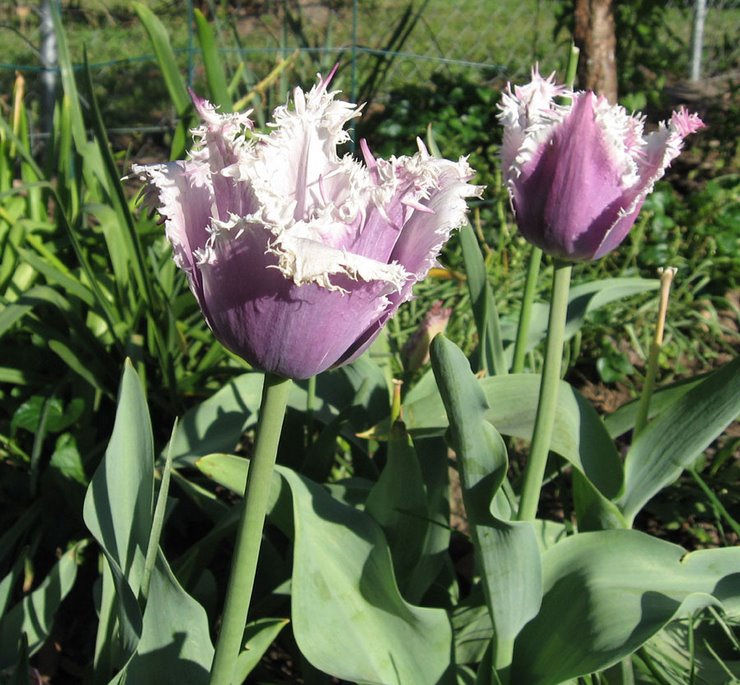Q. What does a core aerator want to be when it grows up?
A. An earthworm!
Just think about it -- the point of core aerating a lawn is to open up little tunnels where air and nutrients can be made available to grass roots, where water can soak into the soil more deeply and readily, to encourage plant roots to spread deeper. But a core aerator does this by cutting little cylinders into the soil that are only a couple of inches deep, and while doing so, chops through root systems. In the best-case scenario, the gardener then spreads a fine compost that works down into those holes, and this compost feeds the grass and offers spaces of looser material where roots can grow freely.
What do earthworms do? They dig little tunnels through the soil that let air, nutrients and water down into the soil, but they dig as much as six feet deep, not just a few inches. Their burrows help plant roots penetrate deep through the soil. They redistribute nutrients throughout the soil as they ingest and excrete at different depths. Earthworm tunnels increase soil water holding capacity and availability to plants by up to 40%.
The number and length of worm burrows increases as more food is available. What do worms eat? Decaying leaves and roots, manure from grazing animals, and compost. So when you use a mulching mower, or spread compost, leaf mold or organic mulch in your garden, this increases food available to worms.
And earthworms provide this service free of charge, all season long! No need to rent and lug home some huge piece of equipment, when worms are happy to take care of all the work for you. There's no noise or nasty fumes. All you have to do is provide them with a nice, organic yard with plenty of compost.

1 comment:
SOOO enjoyed this post. Yes, let's keep the earthworms busy for healthier soil in our lawns and gardens.
Post a Comment